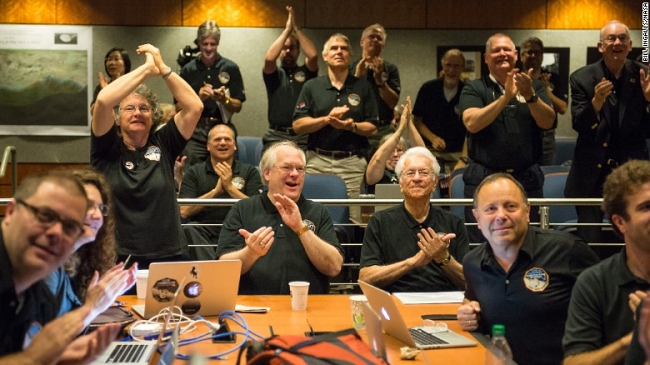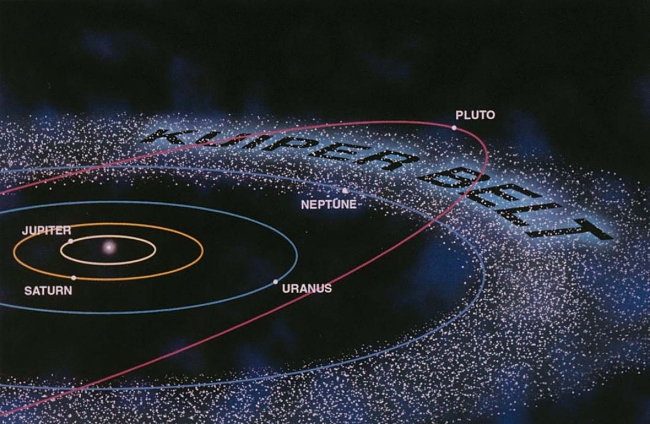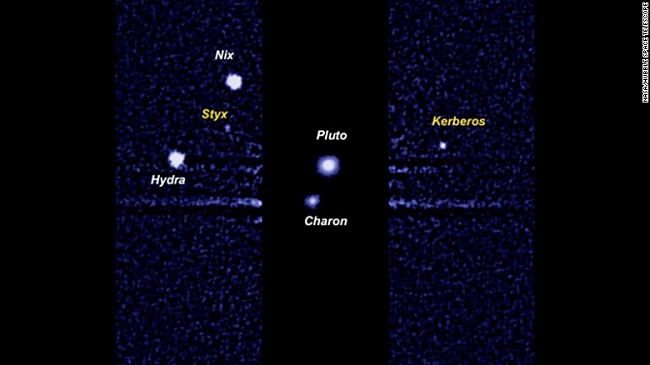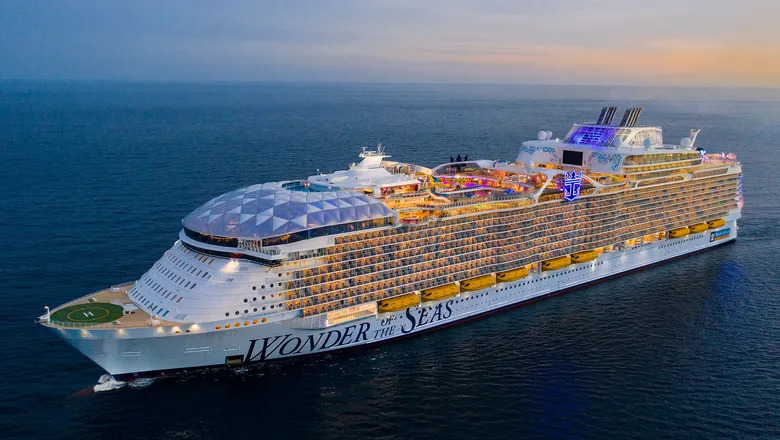10 THINGS TO KNOW ABOUT PLUTO

This is a BIG moment in space exploration. NASA’s New Horizons spacecraft flew by Pluto on the 14 July (Tuesday) and captured never-before-seen images at close range. The unmanned vehicle took 9 years to travel 3 billion miles from Earth to the dwarf planet. Here’s what you need to know about the icy and weird world.

#1 Pluto is a dwarf planet
Most of us grew up thinking there were nine planets in our solar system: Mercury, Venus, Earth, Mars, Jupiter, Saturn, Uranus, Neptune and Pluto. However, in 2006, the International Astronomical Union (IAU) reclassified Pluto as a dwarf planet as it didn’t meet a certain criteria of a planet.
However, some scientists argue that the IAU needs to reinstate it as a planet with hopes that this trip can provide supporting data to reinstate during August IAU general assembly.
#2 This is a big deal because…
No spaceship has ever visited Pluto. The Hubble Space Telescope (a kick-ass telescope with kick-ass camera) can’t even give scientists an accurate reading of the dwarf planet’s size. But, New Horizons (an interplanetary space probe) can and it’s the first mission to ever reach Kuiper Belt.

#3 Pluto is in the Kuiper Belt
Pluto is about 3.6 billion miles (5.8 billion kilometres) away from the sun in the Kuiper Belt, a disc-like region of space beyond Neptune where thousands of other small, icy objects orbit. All small bodies beyond Neptune and in this region are known as Kuiper Belt Objects (KBOs).

#4 Pluto has 5 moons around it
Charon, Nix, Hydra, Kerberos, Styx.
#5 Pluto is about the size of the United States
This is according to New Horizons principal investigator, Alan Stern.
#6 Pluto is very cold
It’s about 375 to 400 degrees Fahrenheit below zero.
#7 Pluto’s gravity is 6% of Earth
Imagine 100 pounds on Earth would weigh only about 7 pounds on Pluto.
#8 Pluto is reddish brown in colour
#9 Pluto was originally called Planet X
Percival Lowell, the founder of the Lowell Observatory in Flagstaff, Arizona, was sure a planet existed beyond Neptune, naming it Planet X. Though, he died in 1916 without finding the planet. Amateur astronomer Clyde Tombaugh of Kansas was hired by Lowell Observatory to continue the search and discovered Pluto on February 18, 1930.
#10 Pluto was named by a kid
11-year-old Venetia Burney of Oxford, England, suggested the name.





























